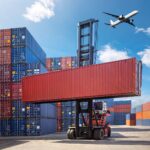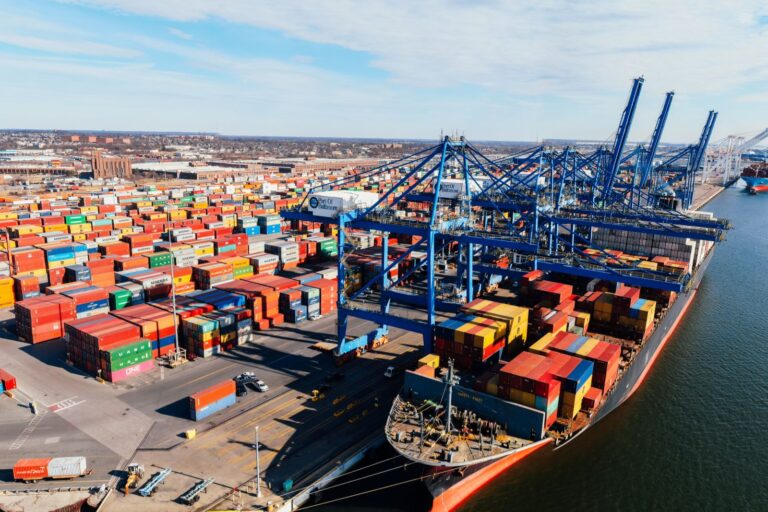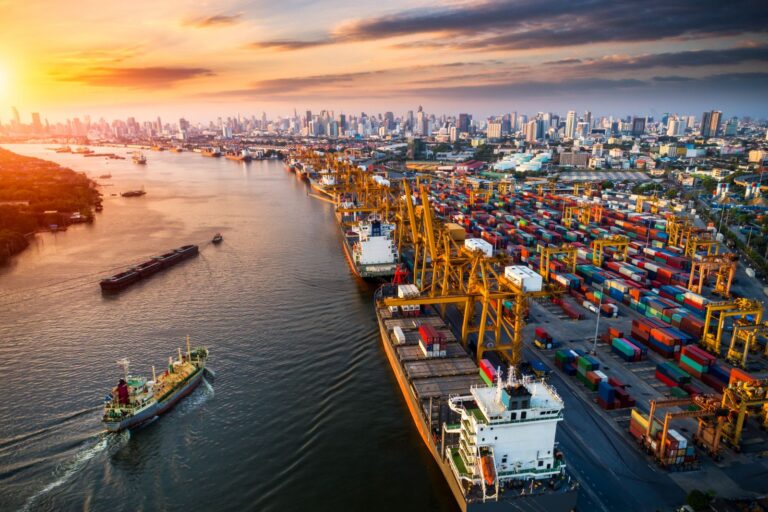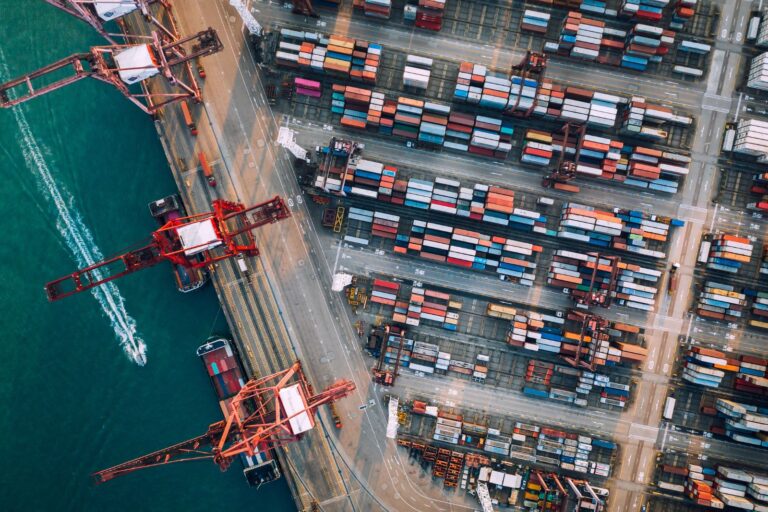The logistics and shipping industry is a significant contributor to global carbon emissions. As businesses expand internationally, the environmental impact of freight transport has become a pressing concern. Adopting sustainable shipping practices is not only environmentally responsible but also helps companies improve efficiency, reduce costs, and meet customer expectations for green operations.
At EGL – Emerald Global Logistics, we provide tailored solutions for businesses across Australia, integrating eco-friendly shipping methods into international logistics strategies. From optimised transport routes to energy-efficient packaging, these practices reduce carbon footprints while maintaining operational efficiency. In this guide, we will explore key sustainable shipping practices, their benefits, step-by-step implementation, common mistakes, and practical examples to help businesses transition toward greener logistics.
Why Sustainable Shipping Practices Matter (H2)
Implementing sustainable shipping practices offers several advantages for businesses:
- Environmental protection: Reduces greenhouse gas emissions and pollution.
- Cost efficiency: Energy-efficient routes and packaging lower operational costs.
- Regulatory compliance: Meets evolving national and international environmental regulations.
- Brand reputation: Eco-conscious operations appeal to environmentally-aware consumers.
- Operational efficiency: Streamlined shipping reduces waste and improves resource use.
EGL – Emerald Global Logistics assists companies in adopting sustainable shipping strategies while maintaining seamless supply chain operations.
Key Sustainable Shipping Practices (H2)
1. Optimised Transport Routes & Modes (H3)
- Definition: Using advanced logistics planning to select energy-efficient routes.
- Benefits: Reduces fuel consumption and carbon emissions.
- Implementation: Use software to plan consolidated shipments, avoiding unnecessary trips.
- Example: Combining rail and sea freight to reduce long-haul truck emissions.
2. Eco-Friendly Packaging (H3)
- Definition: Using recyclable, biodegradable, or reusable materials.
- Benefits: Minimises landfill waste and reduces packaging costs.
- Implementation: Replace single-use plastics with cardboard or compostable alternatives.
3. Alternative Fuel & Energy-Efficient Vehicles (H3)
- Definition: Employing electric, hybrid, or biofuel-powered trucks and ships.
- Benefits: Cuts greenhouse gas emissions and lowers fuel expenses.
- Implementation: Partner with carriers using renewable energy sources or invest in green fleets.
4. Consolidation & Load Optimisation (H3)
- Definition: Combining shipments to reduce the number of trips.
- Benefits: Improves fuel efficiency and reduces carbon footprint.
- Implementation: Coordinate with freight partners to maximise container space usage.
5. Green Warehousing Practices (H3)
- Definition: Using energy-efficient lighting, solar panels, and automated systems in warehouses.
- Benefits: Reduces energy consumption and operational costs.
- Implementation: Retrofit warehouses and storage facilities for sustainability.
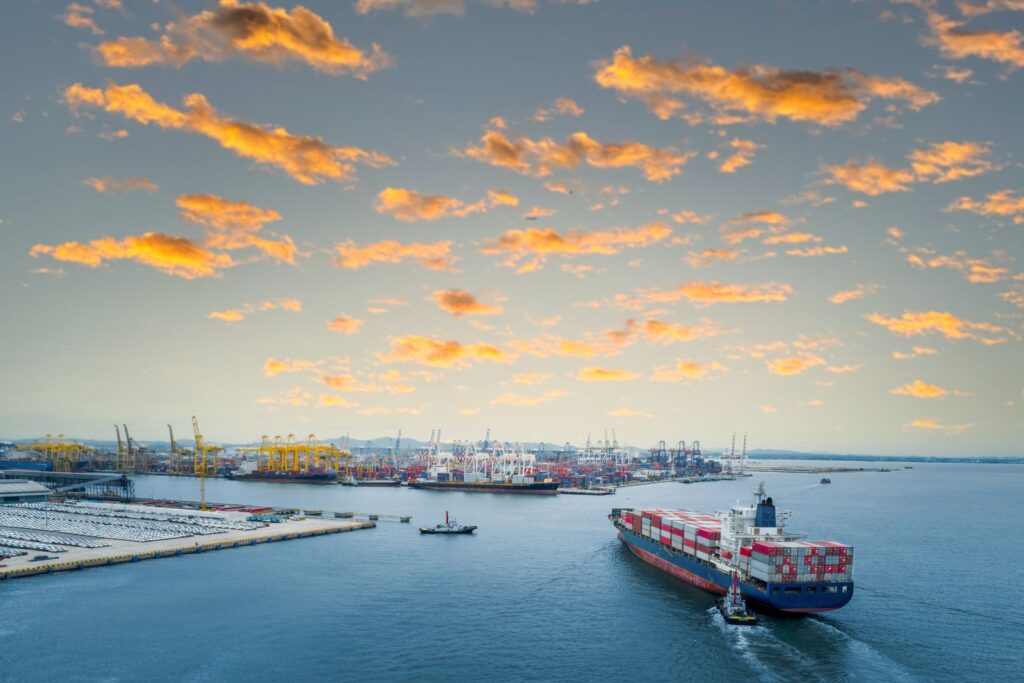
Step-by-Step Guide: How to Implement Sustainable Shipping (H2)
- Assess Current Operations: Identify areas with high emissions or inefficiencies.
- Select Appropriate Practices: Choose strategies like route optimisation, green packaging, or alternative fuels.
- Engage Partners: Work with eco-conscious carriers and suppliers.
- Train Staff: Educate employees on sustainable shipping procedures.
- Implement Technology: Use software for route planning, tracking, and load optimisation.
- Monitor & Optimise: Continuously track performance and refine strategies.
Costs and Pricing Insights (H2)
Adopting sustainable shipping practices may involve initial investments, but long-term savings and benefits outweigh costs:
- Eco-friendly packaging: $0.10–$0.50 per unit depending on materials.
- Alternative fuel vehicles: $20,000–$100,000 per vehicle.
- Green technology software: $500–$2,000 monthly for logistics optimisation.
- Energy-efficient warehouse upgrades: $5,000–$50,000 depending on scale.
Long-term benefits include reduced fuel costs, fewer emissions-related fines, and improved brand reputation.
Common Mistakes to Avoid (H2)
- Overlooking staff training and awareness.
- Focusing on one area only, ignoring full supply chain impact.
- Ignoring ROI and tracking metrics for sustainability.
- Partnering with carriers not committed to green practices.
- Failing to integrate technology for optimised operations.
Use Cases & Examples (H2)
Scenario 1: A Melbourne-based exporter reduced emissions by 20% using route optimisation software combined with rail transport.
Scenario 2: EGL assisted an eCommerce business in implementing reusable packaging, saving $15,000 annually while reducing landfill waste.
Scenario 3: A Sydney logistics company adopted hybrid delivery trucks, cutting fuel costs and improving brand reputation for sustainability.
FAQs (H2)
Q1: What are sustainable shipping practices?
A1: Methods that reduce environmental impact, such as green packaging, optimised routes, and energy-efficient vehicles.
Q2: How can small businesses adopt sustainable shipping?
A2: Start with eco-friendly packaging, route optimisation, and partnering with green carriers.
Q3: Does sustainable shipping increase costs?
A3: Initial investments may rise, but long-term savings and benefits often outweigh costs.
Q4: Can EGL help implement sustainable shipping solutions?
A4: Yes, EGL provides tailored logistics solutions integrating eco-friendly practices.
Q5: Are there regulations requiring sustainable shipping in Australia?
A5: Australian and international regulations increasingly promote lower emissions and green logistics practices.
Conclusion & Call-to-Action (H2)
Adopting sustainable shipping practices is essential for reducing environmental impact, improving efficiency, and strengthening brand reputation. By implementing eco-friendly packaging, optimised routes, alternative fuel vehicles, and green warehousing, businesses can operate responsibly while maintaining cost-effective logistics.
If you’re ready to transition to greener logistics and streamline your operations, contact EGL today for expert guidance: Contact Us.
Learn more about our services at Home or discover our company background on About Us.




